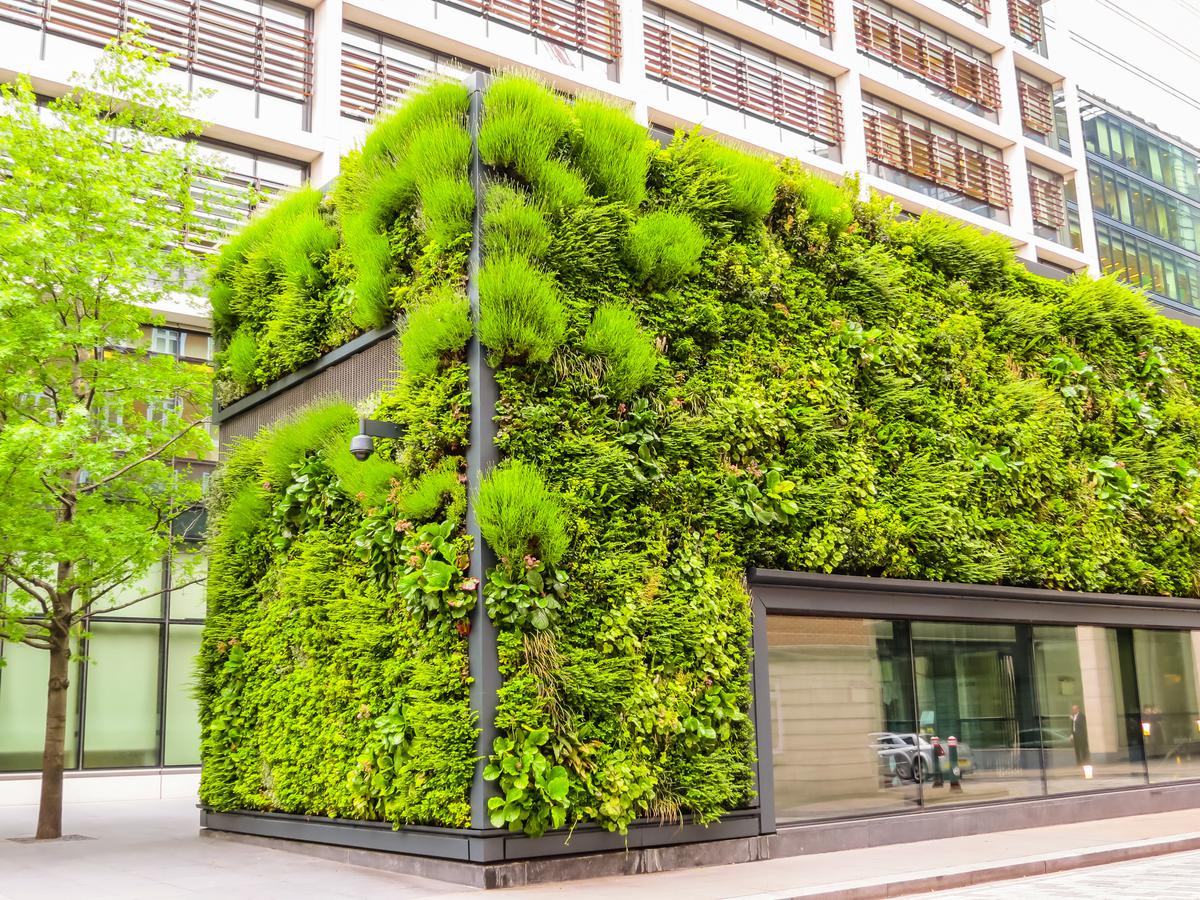As environmental awareness is gaining traction across many regions, one type of practice that’s becoming more and more prevalent is sustainable architecture. The term generally refers to buildings designed to reduce the impact of humanity on the environment. This eco-friendly method of modern-day architecture covers the entire process of planning and construction. This includes the choice of materials, the design, and the installation of plumbing, heating, cooling, waste, as well as ventilation systems. The sustainable approach also accounts for the assimilation of the living spaces into the natural vista of the area.
An increasing number of architects and interior designers alike are noticing how a ‘green design’ enhances the quality of life, and how it reduces adverse effects on the homeowners’ well-being. Moreover, clients seem to be enjoying the advantages of sustainable architecture through benefits regarding health and comfort in addition to reduced energy costs.
Roots of Sustainable Architecture
A lot of the approaches that constitute sustainable architecture originate from ancient building methods. These techniques evolved with the advent of modern technologies in the industrial era. The modern awareness surrounding the need for environmentally responsible architecture goes back to when the first “Earth Day” was celebrated — nearly half a century ago. That is also when the international environmental movement came into existence and the global legislation that ensued.
Currently, the world is in the midst of a climate change crisis, and to make matters worse, a large number of environmental laws that came into effect 50 years ago have been withdrawn. This only increases the pressure on architects, designers, builders, as well as clients to opt for more sustainable approaches that may counter the damage caused by the industry (buildings are known to account for a significant fraction of carbon dioxide emissions).
Contemporary architecture has adopted sustainability as a vital element. This is mainly due to guidelines for sustainable building that have been set out by leading sustainability assessment standards. Environmentally conscious architects often make efforts to achieve these standards and to get certified for their projects. Many other architects and designers, however, merely use labels such as “green” or “eco-friendly” as a marketing scheme. In many cases, you may find out that these labels are a bit of an exaggeration. Regardless of all the advancements in environmental awareness, sustainable architecture still has a long way to go.
How to Recognize Sustainable Architecture
Certain characteristics define a sustainable building. These include passive as well as active approaches in addition to other strategies that account for elements such as materials and space.











comments